2023’s Cuckoos are tagged and ready to go
07 Jun 2023
BTO has fitted 10 more Cuckoos with state-of-the-art satellite tags, continuing the long-running Cuckoo Tracking Project that allows scientists and the general public to follow these incredible birds on their annual migration to central Africa and back.
The UK’s breeding Cuckoos have declined by more than a third since the 1960s, with their iconic “cuck-oo” call slowly disappearing from much of our spring landscape. Ireland has also lost 27% of its Cuckoos since the early 1980s.
We still don’t have a full or nuanced understanding of what is causing these declines, and following Cuckoos on migration helps researchers understand the pressures they face outside the UK.
Every tagged Cuckoo provides us with invaluable data, improving our understanding of this extraordinary species and increasing the chances of developing effective conservation measures to reverse its fortunes.
Since it began in 2011, BTO's Cuckoo Tracking Project has tagged more than 100 Cuckoos. The work has revealed that many English Cuckoos migrate via Spain, a route associated with higher mortality than that through Italy, which is used by Scottish Cuckoos.
The differences in survival rates are linked to the conditions at sites in southern Europe, where Cuckoos stop to refuel and store up energy reserves for the remainder of their journey. The decreasing volume of large insect prey on the Cuckoos’ breeding grounds in the UK and Ireland may also impact their ability to successfully complete their migration.
A first for the tracking project: Cuckoos in Ireland
This year, as part of a collaboration between BTO and Ireland’s National Parks & Wildlife Service, we have also tagged Cuckoos breeding in Ireland. This is an exciting first for the Cuckoo Tracking Project, and means that we will be able to see which route this population follows on their migration south for the very first time.
‘Cuach Cores’, ‘Cuach Torc’, and ‘KP’ were all caught and tagged near Incheens in Killarney National Park, County Kerry. The team from BTO and Ireland’s National Parks & Wildlife Service arrived at 4 a.m. to begin their morning, and were delighted to catch the three birds before the sun came up and the midges emerged.
The fourth Irish Cuckoo, ‘Cuach Carran’, was caught in Burren National Park, County Clare.
Unusually, it was clear from his plumage that Cuach Carran hatched only last year; most of the Cuckoos caught and tagged by our scientists can’t be aged this precisely. It will be interesting to see how this young Cuckoo fares on his migration.
It’s especially exciting to see birds from Ireland tagged – we’re looking forward to learning for the first time about the migrations of these Cuckoos, especially as they were found in the western extremity of the species’ breeding range.Chris Hewson, lead scientist on the Cuckoo Tracking Project
A surprise at Knepp: Bluey returns!
In England, ‘Michael’ and ‘George’ were tagged at Loddon Common in the Norfolk Broads, ‘Jasper’ was tagged in King’s Forest, Suffolk and another Cuckoo, ‘Trent’, was tagged at Ryall, Worcestershire.
The fieldwork team got a surprise at Knepp, Sussex, when they caught a bird with an existing tag. Using the unique number stamped on the metal leg ring the bird was also sporting, the team identified the Cuckoo as ‘Bluey’ – a bird tagged last year, who was presumed to have died after his tag stopped transmitting data!
Bluey was fitted with a new tag, and we’re delighted to be able to follow him for a second year of migration journeys. A new bird, ‘Sayaan’, was also tagged, bringing the total number of Cuckoos to 10.
What’s next for the 2023 Cuckoos?
The Cuckoos will soon begin their epic journey south, heading towards central Africa. These stages of the birds’ lives are not for the faint-hearted.
After heading out across the English Channel and south through Europe, the Cuckoos have a Mediterranean Sea crossing to contend with before they face the Sahara, the biggest challenge of all. Most traverse the desert in a single non-stop flight, travelling at altitudes of up to 5 km to avoid the worst of the daytime heat.
Although not all of them survive their first migratory journey, every tagged Cuckoo provides us with invaluable data, improving our understanding of this extraordinary species and increasing the chances of developing effective conservation measures to reverse its fortunes.
Class of 2023
Follow this year's cohort on their migration to the Congo Basin and back.

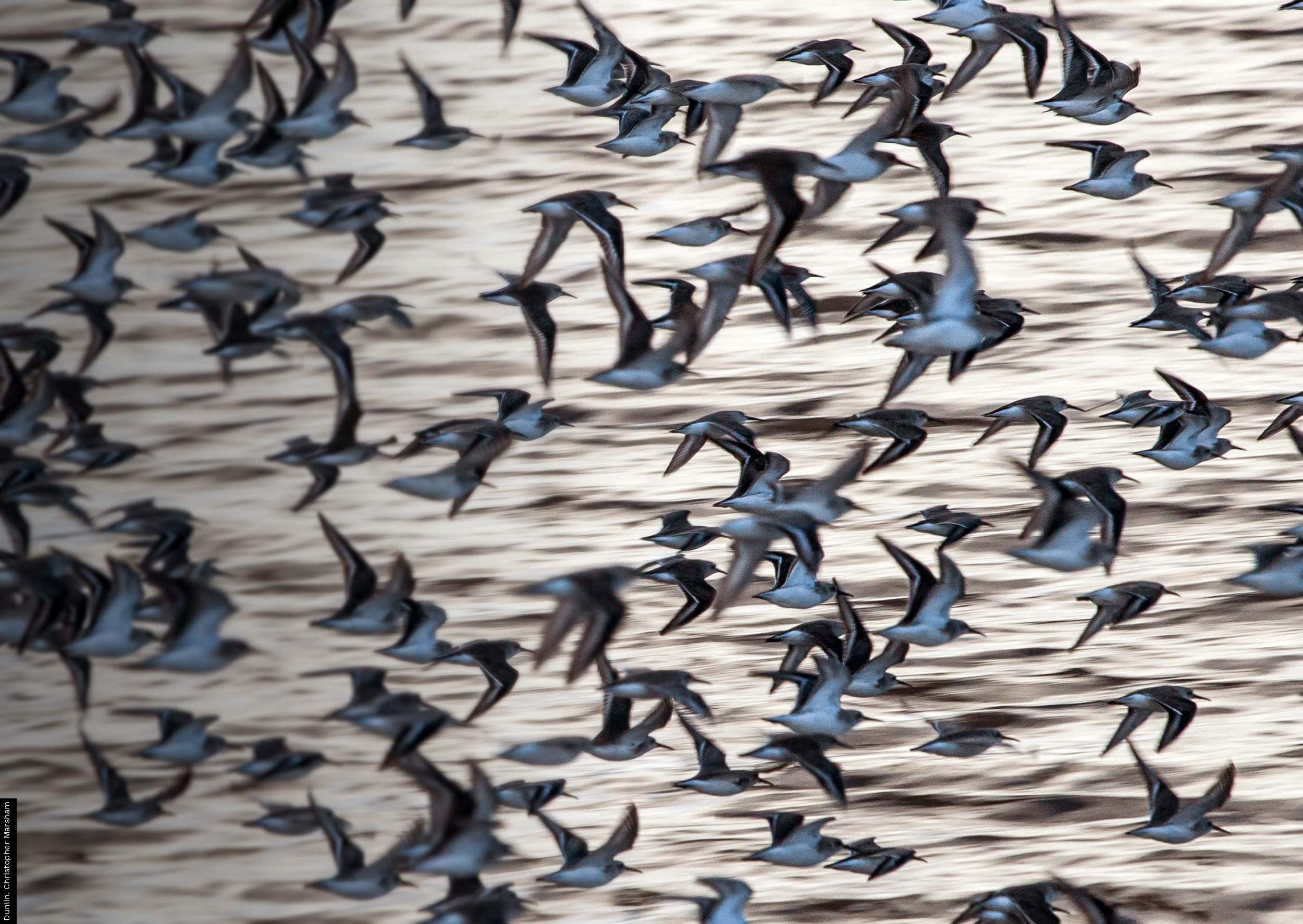

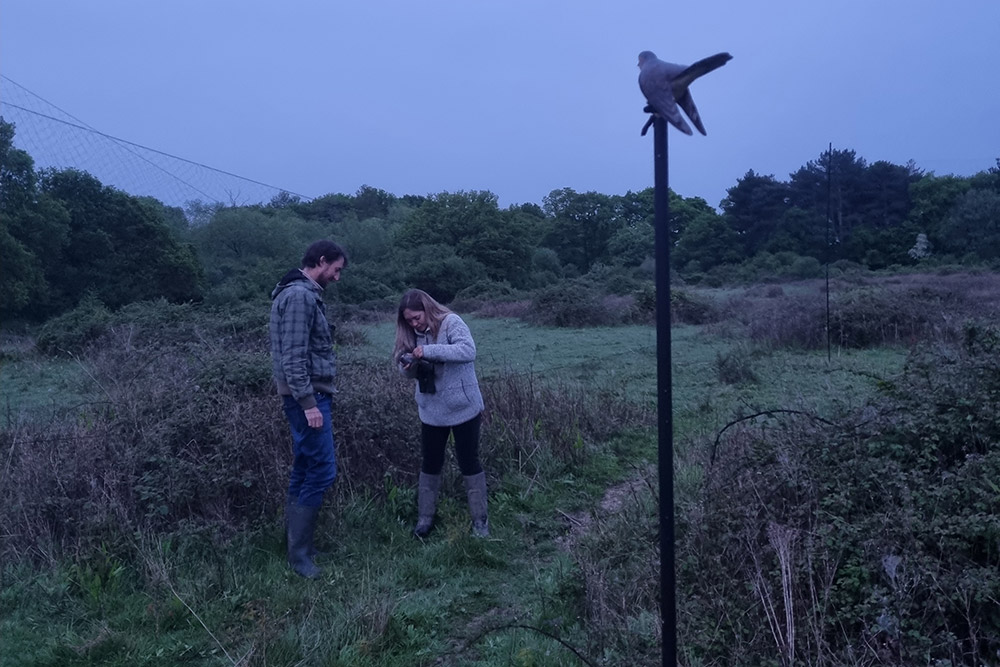
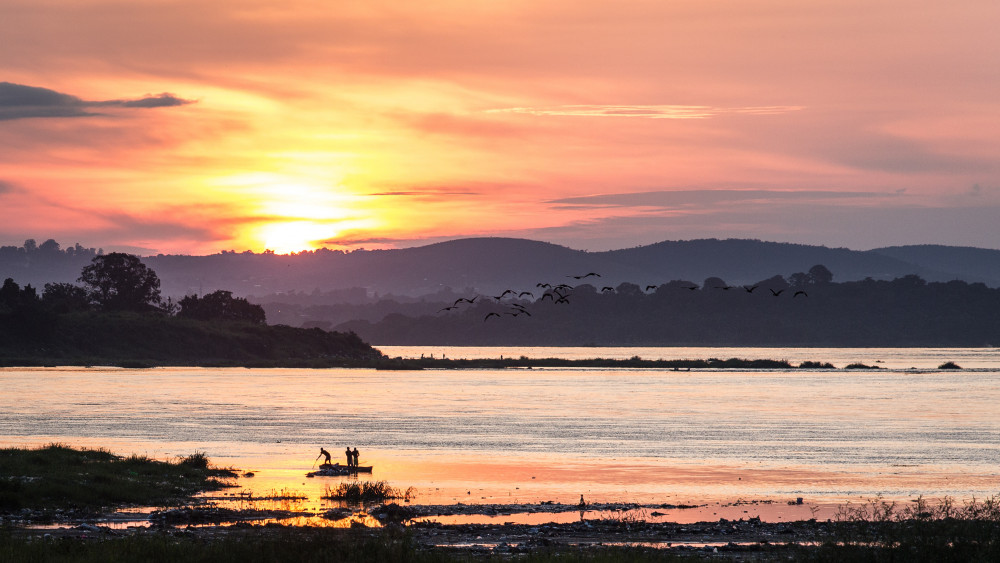


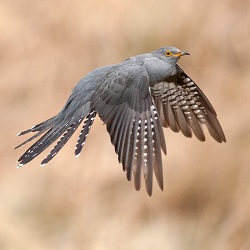

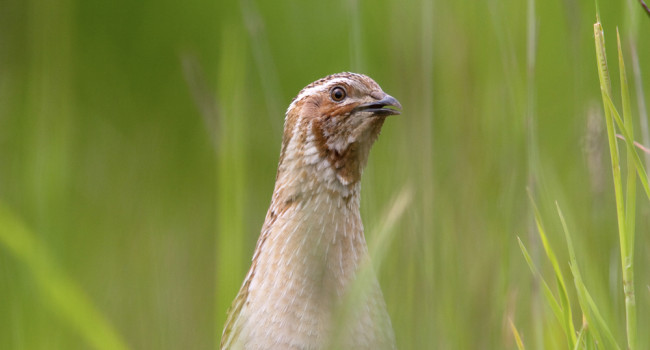
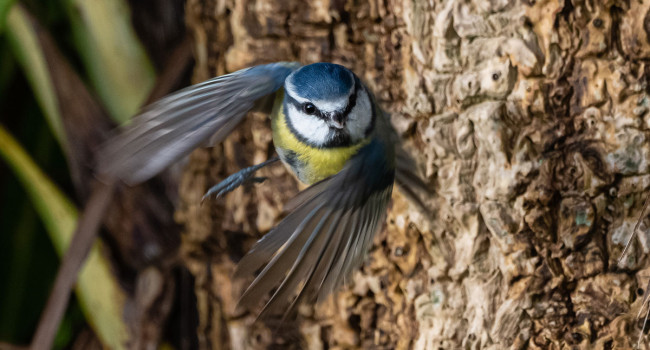

Share this page